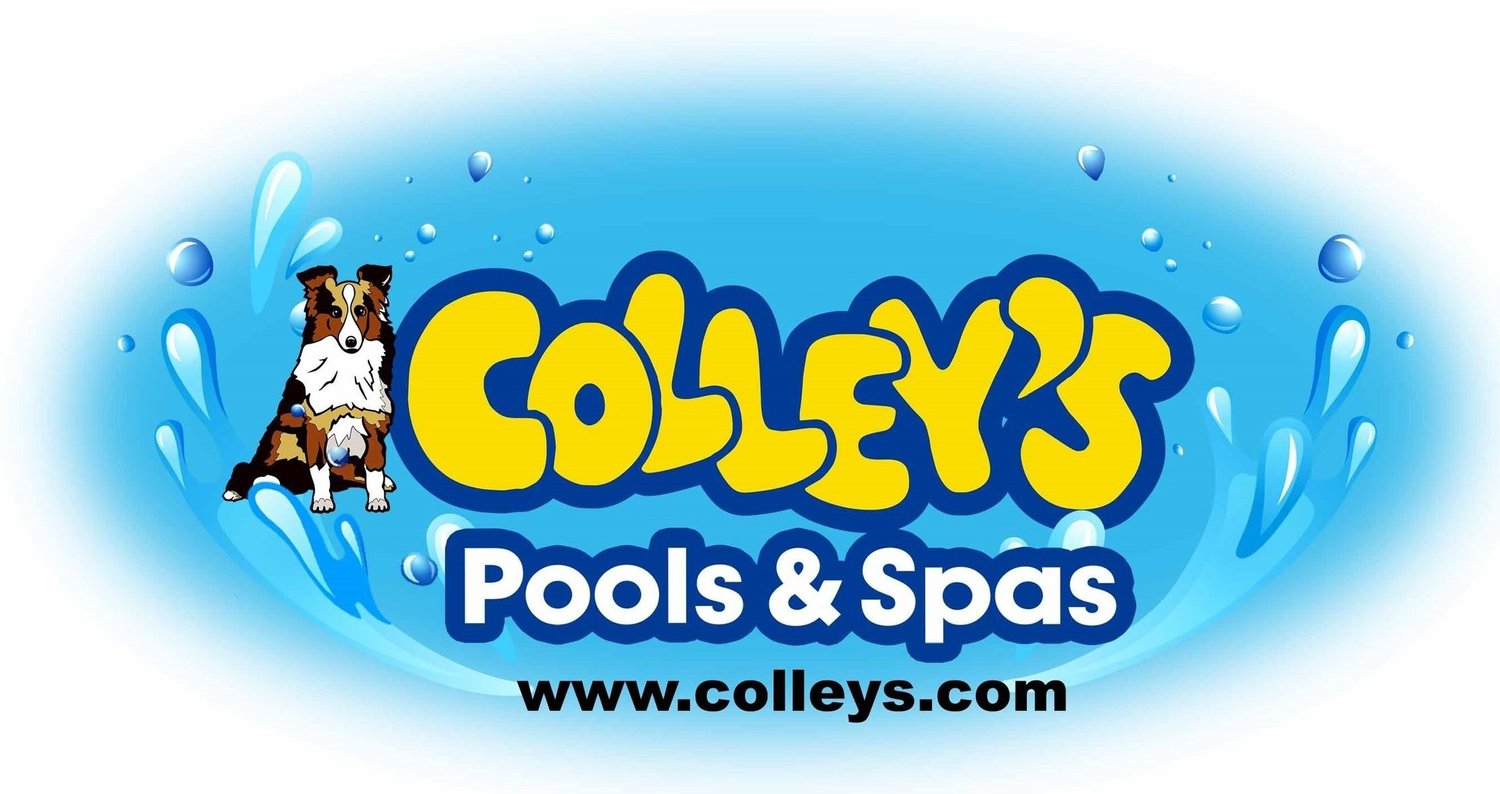You’ve waited all winter for this and the time has finally come- it’s time to open your pool! You see your pool is crystal clear and you may be ready to dive right in BUT before you do, it is important to have your water tested within 24-48 hours of starting your equipment after your pool is opened. Clear water can be HIGHLY ACIDIC water. Acidic water can severely damage your pool and its equipment within days of operation.
Poor water quality can lead to:
Corrosion and damage of pool equipment (especially the components in heaters!)
Damage to ALL pool surfaces (vinyl liners, gunite & fiberglass)
Additional, potentially costly, expenses to return the pool to a useable condition
Cloudy, murky and unsightly water
Swimmer eye and skin irritation
AND MORE!!
Here at Colley’s Pools & Spas, all 4 of our locations offer COMPLIMENTARY computerized water testing. While your water may look clear and safe, it has been sitting stagnant all winter and may be unsafe for swimming and damaging to the pool and equipment!
Maintaining quality pool water is vital to keeping your pool and pool equipment in tip-top shape all summer long. Frequent water tests (we recommend weekly, but at minimum, twice a month) will help you figure out which chemicals you need, which helps increase the longevity of your pool and its equipment and, in turn, SAVES YOU MONEY! Just because your pool water looks clear- doesn’t mean it is safe!
Testing your pool water with Colley’s Pools & Spas is easy!
Use a Colley’s water sample bottle or any clean container.
Take the sample away from jets and skimmer.
Dip container upside down until elbow deep, then take the sample.
Bring it into one of our 4 locations for a COMPLIMENTARY water test.
Based on the computerized outcome, our pool experts can recommend which chemicals you may need to improve your water quality.


